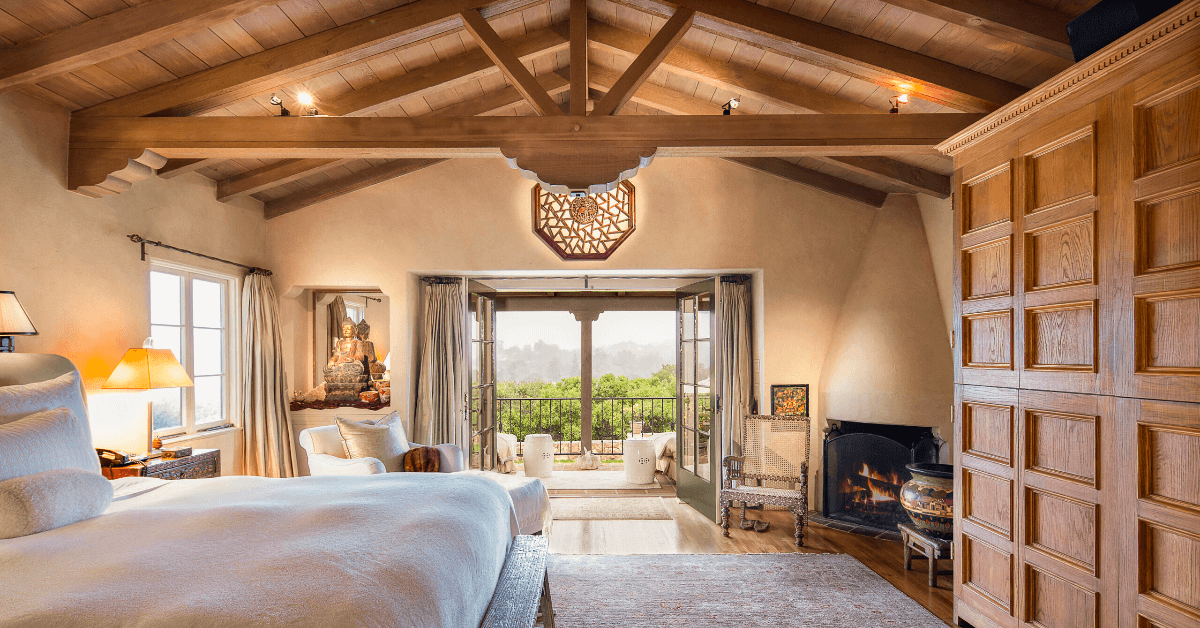In interior design, the power of paint cannot be understated. A fresh coat can transform any room, but the choice of color goes far beyond aesthetic appeal. Color psychology is pivotal in shaping our perceptions, emotions, and overall mood. The hues enveloping a space can either energize or relax, evoke nostalgia or anticipation, and even influence our behaviors and thoughts. Let’s dive deep into the intricate dance between paint choices and their interior design effects on mood and atmosphere.
The Color Wheel and Emotions
Before we delve into individual colors, it’s essential to understand the foundational color wheel. This circular representation showcases primary, secondary, and tertiary colors and their interrelationships.
Primary Colors: Red, Blue, and Yellow
These colors are the backbone of the color wheel and cannot be created by mixing other hues.
- Red: Often associated with passion, excitement, and energy. In a room, it can raise energy levels and evoke strong emotions.
- Blue: A calming and serene color, blue lowers stress and induces relaxation. Think of serene skies or tranquil oceans.
- Yellow: Synonymous with joy and vibrancy. Yellow can uplift and illuminate a space, but excessive use can be overstimulating.
Secondary and Tertiary Colors: Green, Orange, Purple, etc.
Formed by mixing primary colors, these hues offer a diverse emotional palette.
- Green: Evoking nature and renewal, green brings in a refreshing and tranquil feel, perfect for spaces where relaxation is key.
- Orange: A fusion of red’s energy and yellow’s joy, orange is uplifting and enthusiastic, ideal for social spaces.
- Purple: A blend of blue’s calmness and red’s passion, purple exudes luxury and creativity.
Paint Choices and their Psychological Impact
When considering paint choices, it’s essential to align them with the intended purpose of the room.
Bedrooms
Ideal colors for bedrooms lean towards calming and serene hues. Blue tones, for instance, promote relaxation and can improve sleep quality. Earthy greens or soft purples can also be considered for a restful ambiance.
Living Rooms
This is where conversations happen and energy flows. Warm tones like orange or earthy browns can make the space feel inviting. For a contemporary touch, muted greys paired with colorful accents work wonders.
Home Office
Productivity and focus are key here. Shades of green can boost concentration and reduce eye strain. Neutral tones with pops of blue or red can stimulate the mind and maintain energy.
Kitchens
Often seen as the heart of the home, kitchens benefit from vibrant and appetizing colors. Yellow is a popular choice, evoking feelings of warmth and happiness. Reds and oranges can also stimulate appetite and conversations.
The Role of Mood and Atmosphere in Interior Design
Beyond just colors, the overall mood and atmosphere of a room intertwine with other design elements. Textures, lighting, and furniture all play their part. For instance, a blue room with soft textiles and dim lighting amplifies calmness, while the same blue with bright lights and metallic finishes might feel more energizing.
It’s essential to strike a balance. A monochromatic palette can be enlivened with contrasting decor, and a vibrant room can be grounded with neutral furnishings.
Designing with Intention
The intricate interplay of color psychology and interior design is undeniable. By making informed paint choices, you can not only elevate the aesthetics but also enhance the well-being and emotions of the occupants. Remember, the power of paint goes beyond the surface—it’s an expression of personality, intention, and the atmosphere you wish to cultivate.
Boldly embrace the world of colors and let your space tell its unique story!

